In the realm of fashion, colour isn't just about aesthetics; it's a silent communicator of emotions and moods. The psychology of colour delves deep into the way different hues can influence our mental well-being, transforming the way we feel and express ourselves. So let’s embark on a colourful journey through the fascinating world of colour psychology, exploring how shades and tones can impact our emotions. With insights from experts and intriguing study findings, we'll uncover the art of using colour to empower your wardrobe and enhance your mental wellness.
The Psychology of Colour
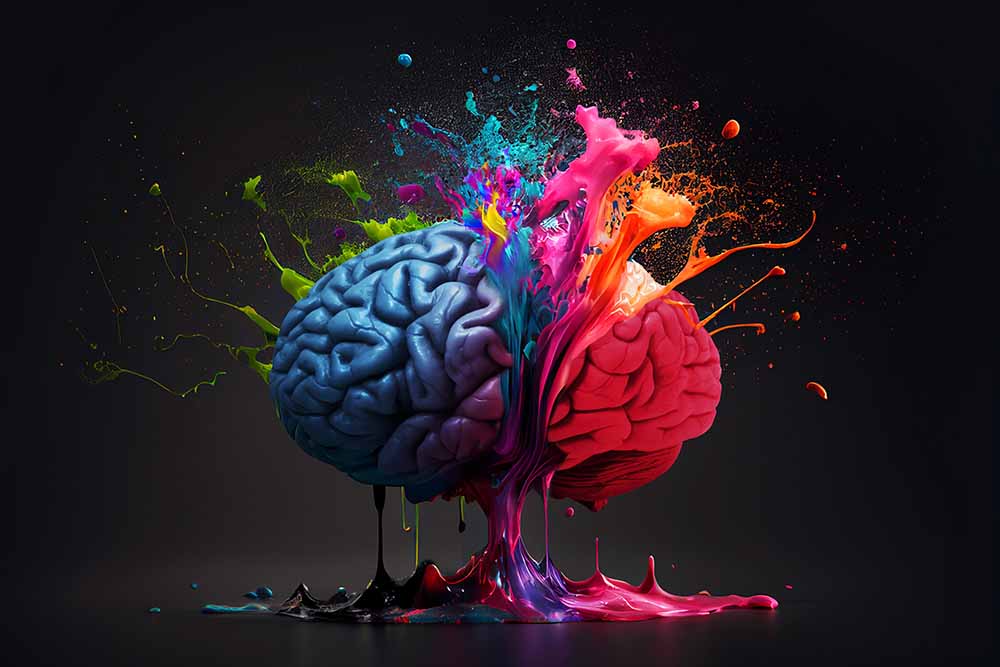
Image used for representative purposes only.
Colours are more than just pigments on a palette; they possess the power to evoke profound emotional responses. Experts in colour psychology have long studied how certain hues can influence our mood, behaviour, and even our decision-making. ‘The psychology of colours is based on the mental and emotional effects colours have on sighted people in all facets of life. There are some very subjective pieces to colour psychology as well as some more accepted and proven elements. Individual differences, personal experiences, and social or cultural context can influence these associations to some extent. There will also be variations in interpretation, meaning, and perception between different cultures. The brain processes colours through the visual cortex and limbic system, which are also involved in emotion regulation,’ says Mehezabin Dordi, Clinical Psychologist at Sir H.N. Reliance Foundation Hospital.
The Science Behind Colour

Image used for representative purposes only.
A recent study conducted by Bevil Conway, an artist and neuroscience researcher at the National Institutes of Health (NIH) in USA, delves into the intriguing realm of colour perception and its connection to brain activity. Colour perception, a concept that has intrigued scientists and philosophers for centuries, has its roots in biology, where each colour represents a specific segment of the electromagnetic spectrum. Colour perception can be described as the process by which our brains interpret the visual information received from the eyes and translate it into the perception of colour. It is a complex and fascinating aspect of human vision that involves both the physiological aspects of the eye and the neural processing that occurs in the brain. However, the mechanics of how the eye and nervous system interpret light waves and how individuals subjectively perceive colour remain enigmatic. While Conway’s study does not pinpoint the exact brain region responsible for colour perception, it paves the way for future research into understanding this intricate aspect of human perception.
In another small 2023 survey study conducted by a medical student at the University of North Carolina at Chapel Hill involving 113 adult patients and visitors, the colour of medical scrubs worn by clinicians was found to influence perceptions and associations. Findings from the survey showed that clinicians wearing green scrubs were most often recognized as surgeons. Green was chosen by 45.1 per cent of respondents as strongly identifying male surgeons and by 41.6 per cent for female surgeons. Blue scrubs were associated with being the most caring clinicians. Respondents selected blue scrubs as their top choice for both male (56.6 per cent) and female (48.7 per cent) clinicians in terms of caring. While black is often seen as a colour of confidence, in this particular context, clinicians wearing black scrubs consistently ranked most negatively across various traits. They were perceived as the least caring (55.8 per cent for males, 58.4 per cent for females), least trustworthy (44.3 per cent for males, 54.9 per cent for females), least knowledgeable (44.3 per cent for males, 40.7 per cent for females), and least skilled (40.7 per cent for male, 45.1 per cent for female).
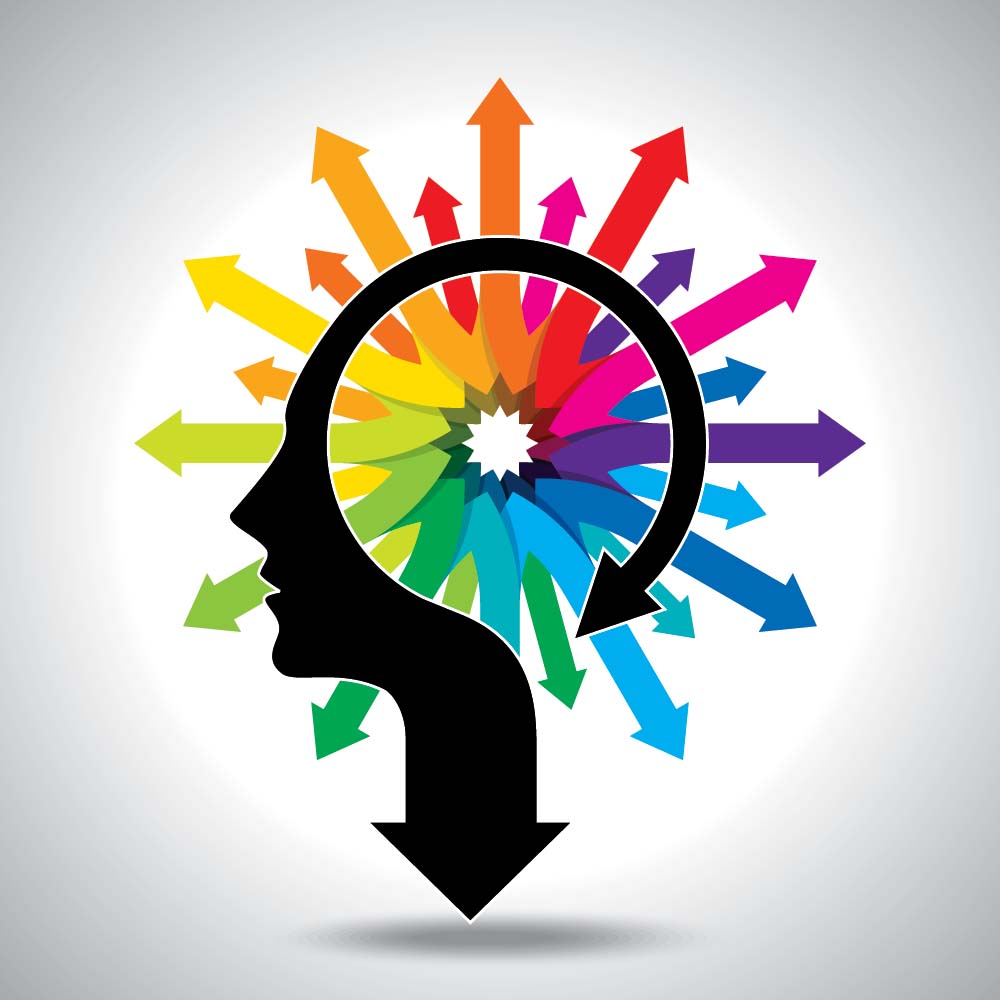
Image used for representative purposes only.
The study used scrub colours based on those commonly seen in hospital settings on television shows, aiming to capture colours familiar to participants of different age groups. The traits examined were chosen because they were deemed impactful and had been studied in prior research. The study had limitations, including a narrow range of physician models and limited demographic information collected. Nevertheless, it highlights the role of scrub colour in shaping patient perceptions.
Colour & Clothing
Colour isn't just an aesthetic choice; it's a powerful tool for shaping our emotions and enhancing our mental well-being. Whether you're seeking calmness, confidence, or creativity, the colours you wear can have a significant impact. So, the next time you're standing in front of your wardrobe, consider the emotional journey you want to embark on and let your outfit reflect your inner state. Remember, fashion is not just about what you wear but how it makes you feel.
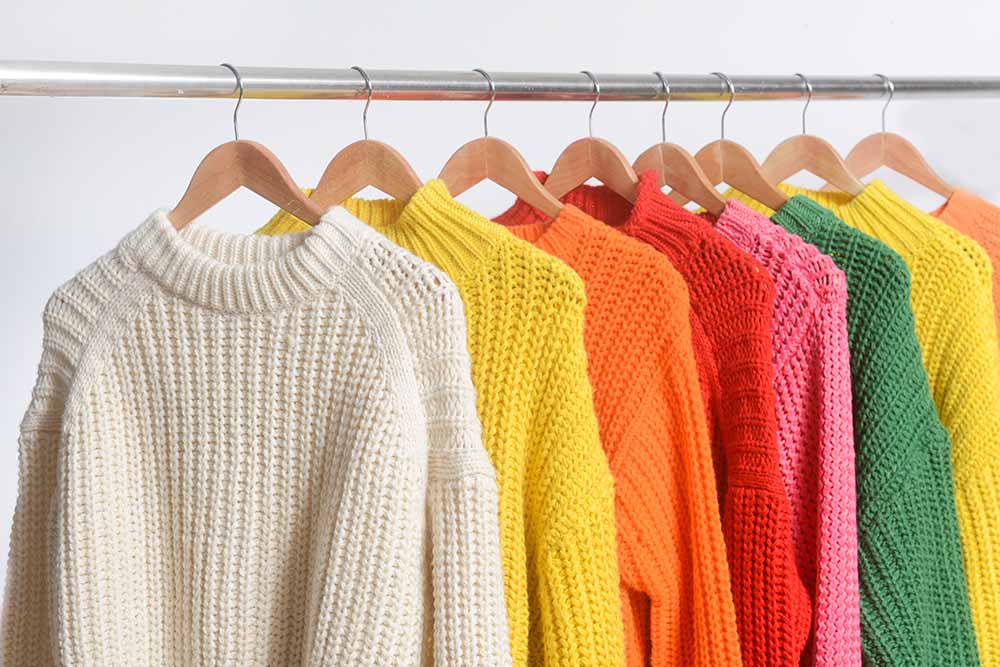
Image used for representative purposes only.
‘Using specific colours to induce positive emotions can be possible. The school of thought that came up with - Colour therapy (or even chromotherapy) is a practice based on this concept. In this- Different colours are believed to have unique effects on our mental and emotional states. For instance, warm colours like yellow and orange are associated with feelings of happiness and energy, while cool colours like blue and green can promote relaxation. However, it's important to remember that individual responses to colours may vary, and the impact of colour on emotions is not a guaranteed science. There is plenty of research in the area of debunking and rejecting theories proposed in the realm of colour therapy,’ adds Dordi.
That said, here's a closer look at some of the emotions commonly associated with different colours:
Blue: Calm and Confidence

Image used for representative purposes only.
Blue is often linked with feelings of tranquillity, calmness, and trustworthiness. It's no surprise that it's a popular choice for professional attire. Studies have found that blue can lower heart rate and blood pressure, making it an excellent choice for reducing stress and promoting relaxation.
Red: Passion and Energy
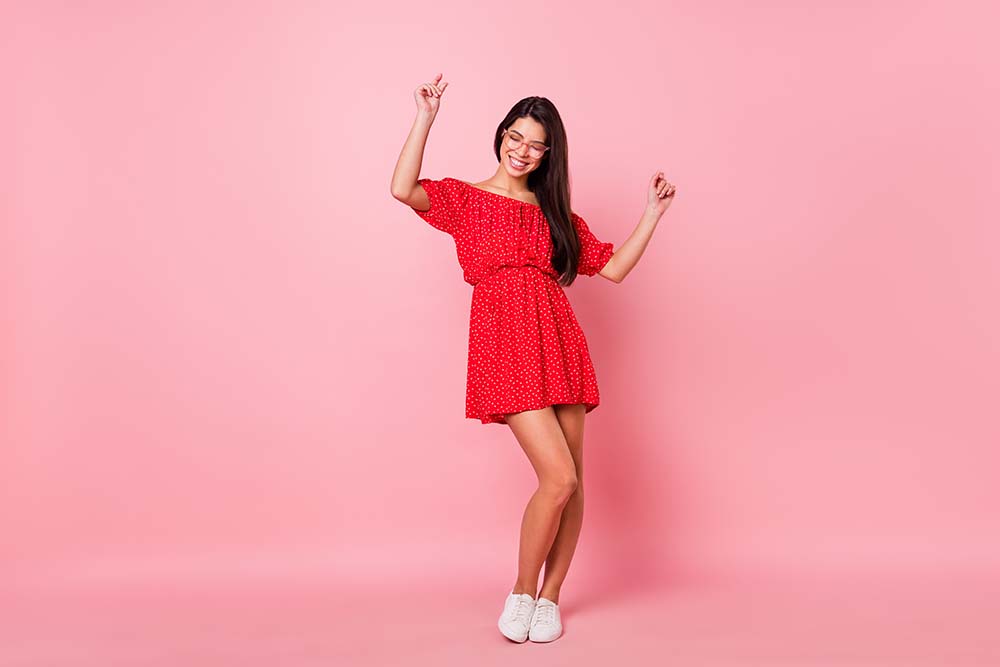
Image used for representative purposes only.
Red is a colour of intensity and passion. It is known to have the ability to raise your heart rate and grab attention, making it ideal for power dressing. Studies suggest that exposure to red can evoke strong emotions, both positive and negative, and boost energy levels.
Green: Balance and Renewal

Image used for representative purposes only.
Green represents nature and balance. It's associated with growth, renewal, and harmony. Wearing green can promote feelings of relaxation and well-being, making it an excellent choice for creating a sense of equilibrium.
Yellow: Optimism and Happiness

Image used for representative purposes only.
Yellow is the colour of sunshine and positivity. It's linked with feelings of happiness, optimism, and creativity. Donning yellow can uplift your spirits and add a touch of cheer to your day.
Purple: Luxury and Creativity
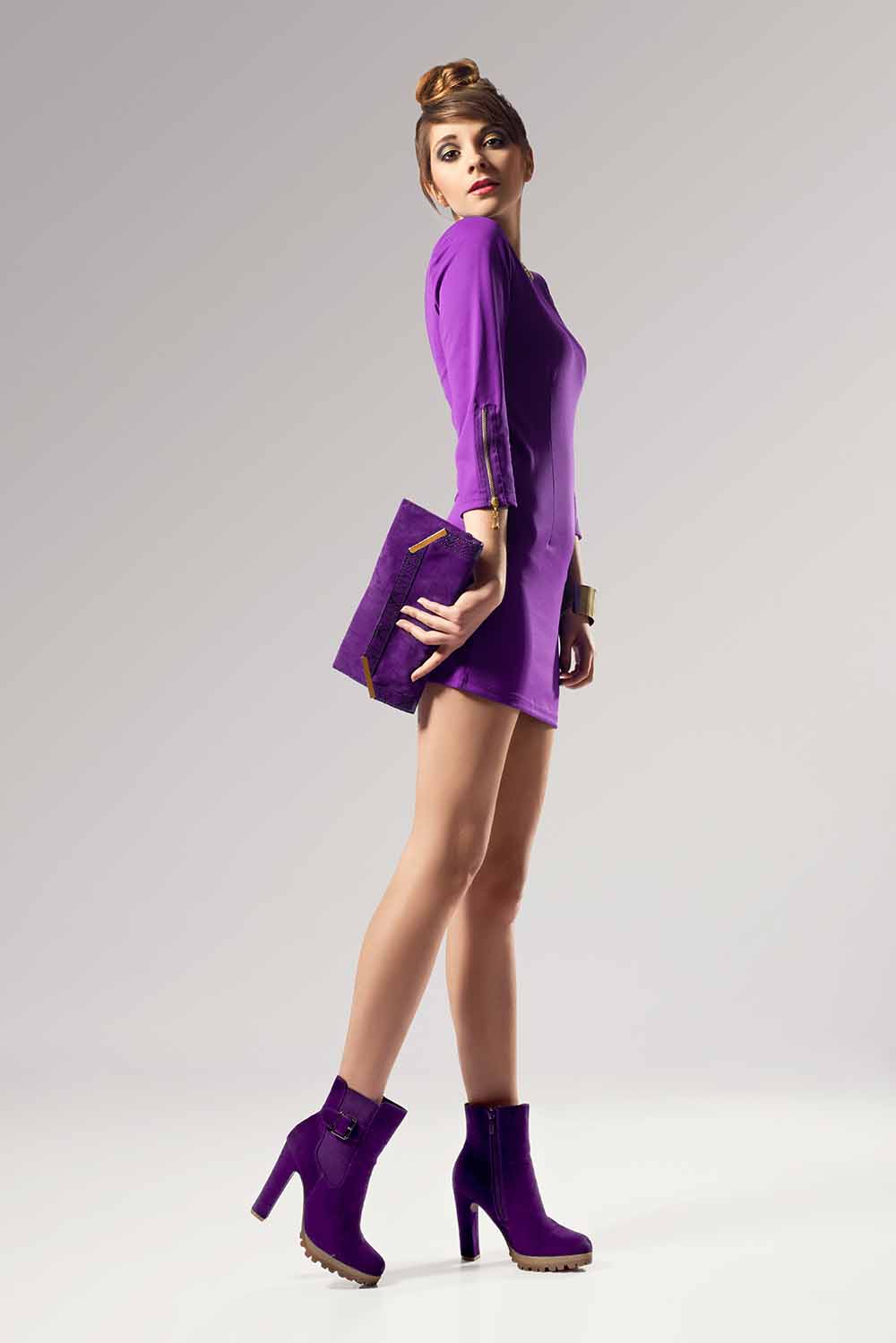
Image used for representative purposes only.
Purple has long been associated with royalty and creativity. It's a colour of luxury and extravagance. Incorporating purple into your wardrobe can spark imagination and add an air of sophistication.
Pink: Affection and Compassion

Image used for representative purposes only.
Pink signifies love, affection, and compassion. It's a nurturing and gentle colour that can evoke feelings of warmth and empathy. Wearing pink can promote a sense of caring and connection.
Black: Elegance and Mystery
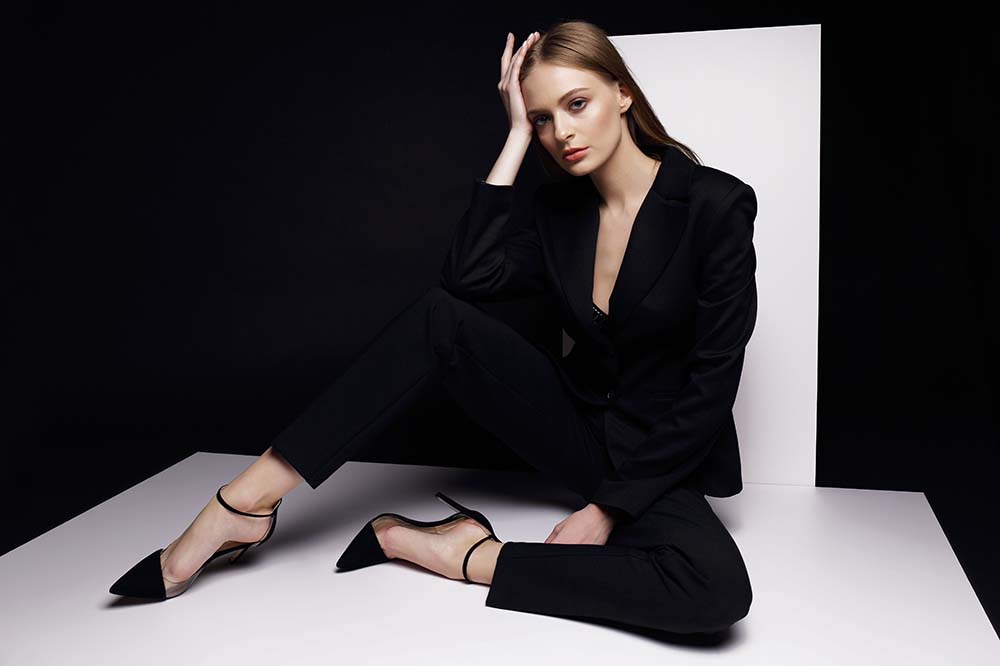
Image used for representative purposes only.
Black is timeless and versatile. It's often associated with sophistication, elegance, and a touch of mystery. A black ensemble can convey confidence and authority.
While these commonly used colour references may resonate with some, it’s important to note that the concept remains subjective. ‘Here, personal preferences play a significant role, so it's crucial to pay attention to how specific colours make you feel individually. If a particular colour consistently triggers negative emotions, it may be best to limit exposure to it in your surroundings’, advises Dordi.